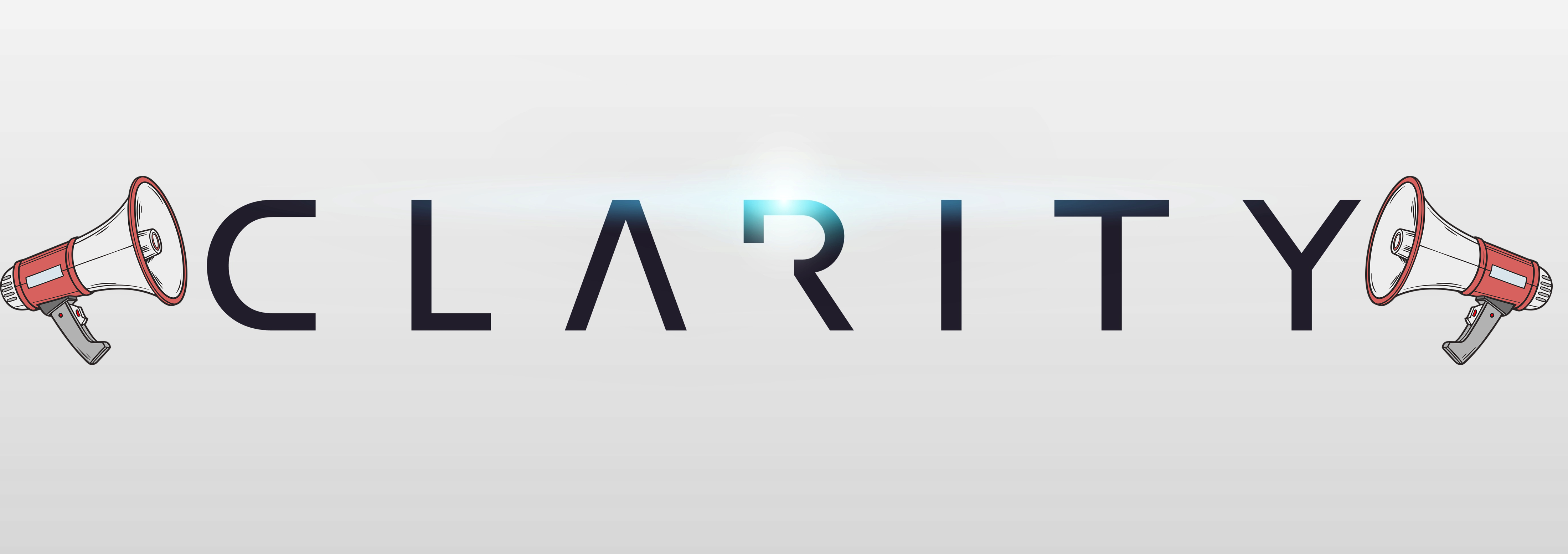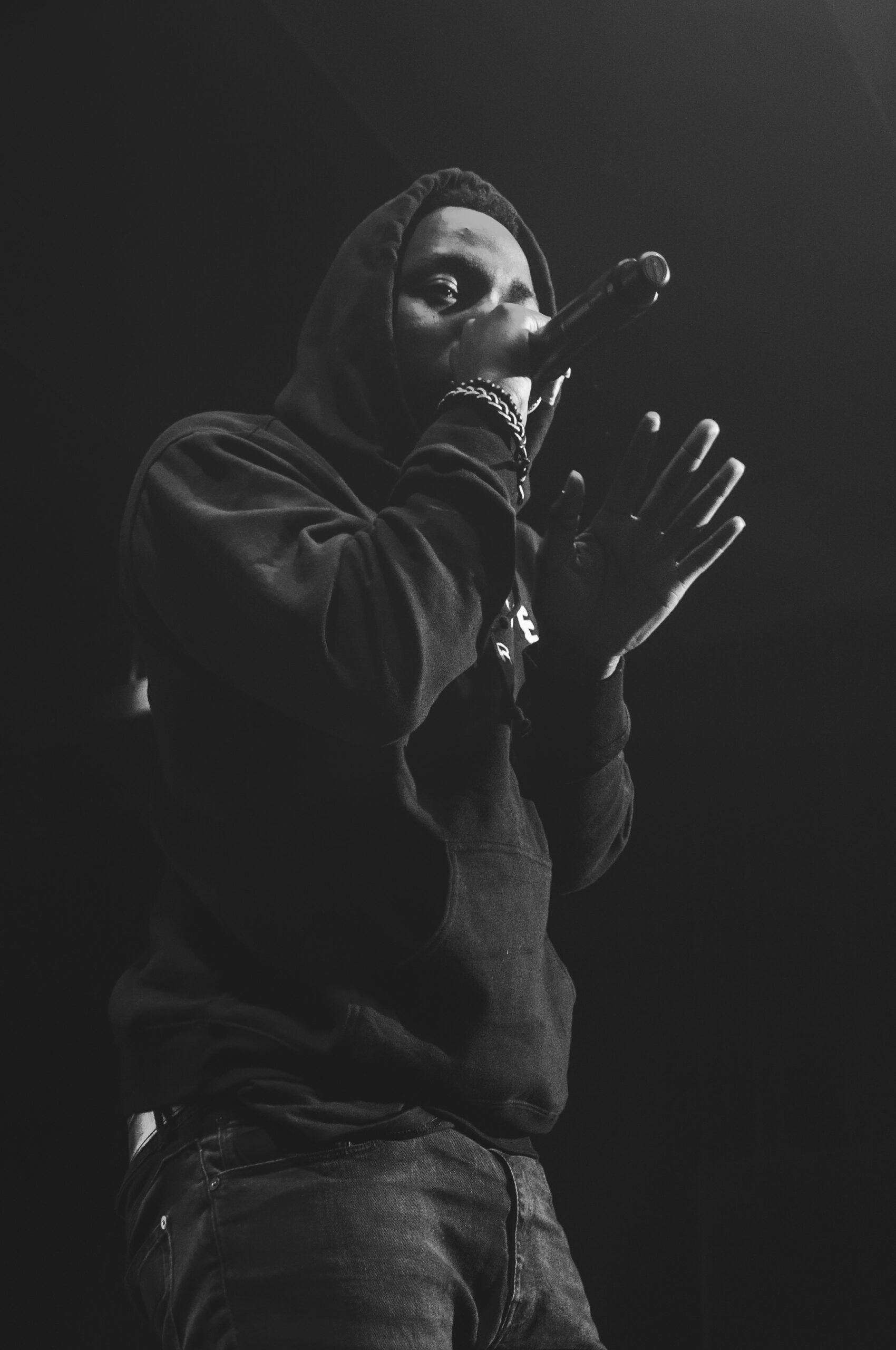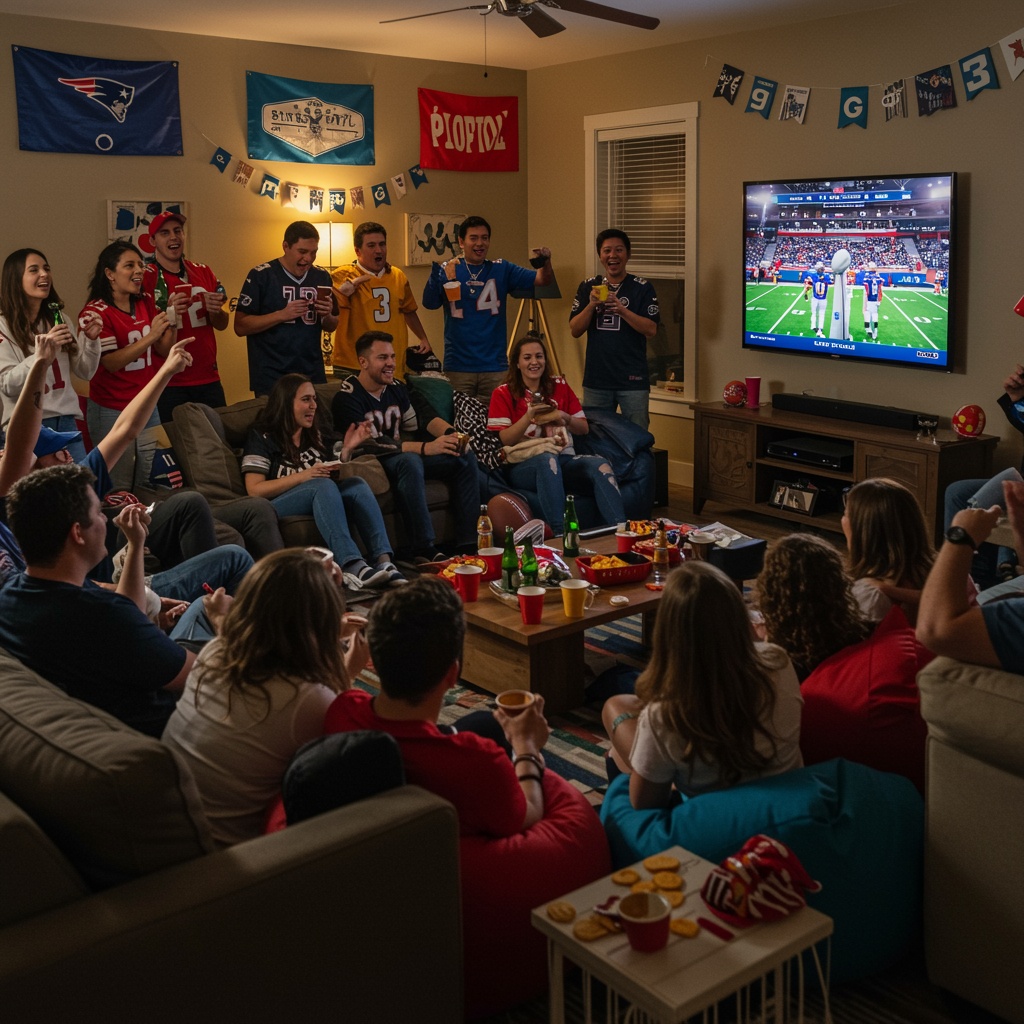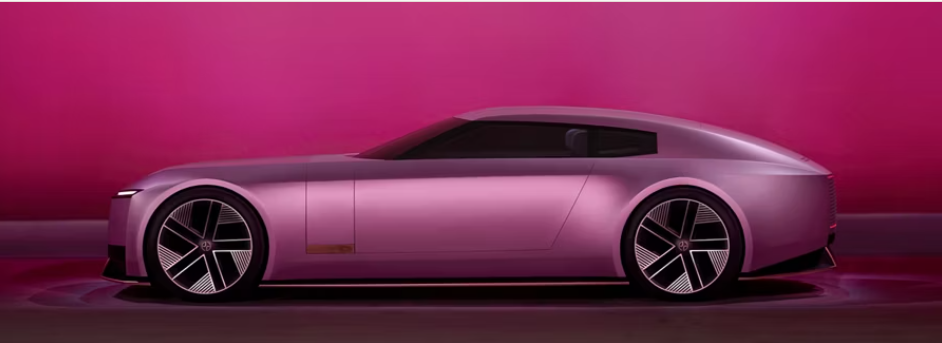
Unless you’re a fan of the victorious Eagles (or the dejected Chiefs), last weekend’s Super Bowl is in the rear-view mirror. Pitchers and catchers are reporting to their respective spring training sites, and baseball is in the air.
But there are lessons to be learned from the outcome of “The Big Game,” and I’m not referring to special teams play, offensive sets, or blitzing strategies. My big takeaways from this 59th spectacle that attracted everyone from Taylor Swift to Donald Trump are in the marketing department. To me, the game itself was secondary to the advertising assault that has become as talked about as Brittany Mahomes.
A new story in AdWeek by Saleah Blancaflor asked a question on the minds of many advertisers:
“The Super Bowl Hit Record Viewership. Does That Mean Ads Will Be More Expensive in 2026?”
 All told, the event broke both viewership and revenue records. More than 127 million viewers tuned in, even more for Kendrick Lamar‘s Halftime Show.
All told, the event broke both viewership and revenue records. More than 127 million viewers tuned in, even more for Kendrick Lamar‘s Halftime Show.
(An aside: Many people in my circles questioned the choice of Lamar for this spectacle event, making the case they’re not familiar with him, don’t like rap, or both. The reality is only 44% of 18-to-24 year olds were planning on watching the game, the least likely group to tune in, according to a research study by MX8 Labs.
For the NFL and every other established sports league, young people are the most coveted viewers. So, booking Billy Joel or Dolly Parton would’ve made Baby Boomers happy, but they’re a group that always watches the Super Bowl anyway. Given that 133 million were watching Lamar dis Drake at Halftime tells you the NFL hit goal.
And at $8 million a throw, commercial revenue for Fox and Tubi (who streamed the game) generated north of $80 million on all platforms.
The question on the table is whether these mega-expensive ads are worth it to the brands who write the big checks. The AdWeek story weighed in on this question, underscoring the value of “tentpole events,” especially the Super Bowl. While marketers also rely on other major television moments like the Olympics or the Oscars, the NFL draws more viewers for the big game.
But does writing a check for $8 guarantee success? Seasoned marketers and viewers know car loads of cash will get you in the door, but it’s your creative, your timing, and your ability to stand out are key variables that dictate success – or failure.
I don’t know about your Super Bowl party, but the buzz at the gathering I attended was more about Kendrick Lamar than Patrick Mahomes, and definitely in the direction of that bizarre Tubi ad depicting heads shaped like cowboy hats:
It raises lots of questions. Maybe you noticed it, but did you understand the ad? Did it attract your attention? Did it land a message? What did it tell you about Tubi? If you know the brand, what was the ad trying to tell you? Did it stimulate a conversation? Did it make you want to watch Tubi?
These are the types of questions brand marketers should be asking, especially in an advertising venue like the Super Bowl. On the one hand, these are the most expensive TV spots in the world, not just because they attract millions and millions of viewers, but because the ads are a point of conversation in the media before, during, and after the game.
And that’s where both attention and clarity come together to either celebrate a marketing victory for a brand or the lack of either or both adding up to an epic fail. Part of the conversation at the Super Bowl party I attended was whether those $8 million spots are worth it.
I like to read those day-after-the-Super-Bowl ratings of ads, either by consumers or marketers. And as I read their “best of” and “worst of” choices, there are always commercials I simply cannot recall having seen. Now maybe part of the reason is bathroom or food breaks, but I suspect a certain number of ads simply don’t register with me for whatever the reason.
So, let’s start with attention, the prerequisite factor in advertising. It has become more elusive over the years, thanks to the number of screens, platforms, and choices available to the average viewer. And the challenge is amplified on Super Bowl Sunday by your viewing environment.
Research gathered by Treehugger reports the 17 people on average attend a Super Bowl party. That’s a crowded house, probably getting even noisier as the game wears on. Even if your agency secured your avail at the perfect moment of the contest – and based on the uncertainties of scoring, we don’t know when that is – how can you be sure those millions will be paying attention to your brand’s ad?
I learned an important lesson decades ago when I got an education about audio recording right from seasoned producers, engineers, and mixers. Of course, they’re using those monster studio monitors to do their work. But after I watched the first song I ever produced, the team then played back the song on a crappy, tinny 3″ speaker on the studio console.
When I asked what that was all about, they told me that while the song has to sound fantastic over professional grade speakers, most people will be listening to the music on cheap radios or over small in-car speakers. This was the early 70s when most cars featured low-quality speakers. The wisdom of listening to the music on the same type of gear consumers use struck me as brilliant.
 If I worked for an agency that produces ads for events like the Super Bowl, I’d do something similar. You could easily create a party environment with a dozen or two people eating, drinking, and gabbing. Run your ad in context with a bunch of others over a nice flat screen TV and find out which commercials they recall seeing and the message of each one. To cut through during the din of a fun party, the bar on driving attention is much higher.
If I worked for an agency that produces ads for events like the Super Bowl, I’d do something similar. You could easily create a party environment with a dozen or two people eating, drinking, and gabbing. Run your ad in context with a bunch of others over a nice flat screen TV and find out which commercials they recall seeing and the message of each one. To cut through during the din of a fun party, the bar on driving attention is much higher.
Of course, these same conditions – starting with attention – apply to radio production, too. Unlike watching a Super Bowl, radio is most often consumed while doing something else – driving, talking on the phone, walking, working out, mowing the lawn, and of course, working. Thus, the attention factor may be even more challenging.
What is it about your production that stands out, that grabs the consumer’s attention, that compels them to listen?
And the second factor and equally as important, the clarity of the message itself. The Super Bowl has become famous for commercials that are too cute by half. They try so hard to be weird and whacky they miss the point of the exercise itself.
There’s no shortage of ads that elicit viewer reactions like “Do you have any idea what was going on there?” or perhaps even worse, “Could you figure out who that commercial was for.”
Despite a long history of disastrous ads that fail the clarity test – especially in the Super Bowl – creatives often can’t help themselves. Trying to be too clever has deep-sixed many a campaign, whether on television or on the radio. It’s easy to informally “test” ads before they’re turned loose on actual consumers.
At Jacobs Media we’re pulled this off in focus groups, in recent years over platforms like Zoom, and in dial tests where consumers can turn the equivalent of a knob – like a volume control – to indicate their reactions to a new or existing ad.
After sitting through several hours of televised hype last Sunday, I can’t even tell you how many ads I was exposed to. The ones that grab you and deliver a clear and solid message are sadly few and far between.
That brought to mind one of the most unsuccessful advertising campaigns I’ve ever seen. It was for a new car launch where first impressions are, of course, critically important. It was 35 years ago but the flaws of the company’s strategy have stayed with me.
Here was one of the early ads:
At the time, the big Japanese automakers were all introducing luxury lines. Suffice it to say, the stakes were high. Honda created the Acura, Toyota released Lexus, and as you may have noticed with the above spot, Nissan gave us the Infiniti. Maybe you noticed it, but maybe you didn’t.
Obviously, the agency was going after how the Infiniti would make you feel. But the creative didn’t show the car or even mention it.
Not surprisingly, Nissan got off to a tepid start with Infiniti, and you might conclude they never recovered. In the meantime, Lexus got out of the gate quickly and never looked back.
You’d think automakers would learn from this painful lesson, in much the way marketers always tell the story of the New Coke debacle. But somehow, the same mistakes get repeated. And repeated.
In the last year, Jaguar’s agency (and the carmakers themselves) were obviously not paying attention in their Marketing 101 classes. Otherwise, how do you explain this campaign for the relaunch of what was once a prestige brand:
Shades of Infiniti.
You’ll have to look far and wide to find a positive analysis of this campaign. Not showing the car itself and violating the historic brand attributes of Jaguar are just the hors-d’oeuvres.
This story in Forbes by Edward Segal – “What Executives Can Learn From Jaguar’s New Rebranding Campaign” – is typical of the criticism leveled at Jaguar by the automotive community and car buyers – especially fans of the brand.
As it turns out, the new Jaguar Type 00 is an electric concept and not for sale yet. Of course, the ways cars look is in the eye of the beholder. I think it’s an over-the-top knockout, but you’d never know that from the “Copy Nothing” ads.

There’s no question Jaguar aced the attention test with the campaign. But on the clarity of message front, can brands afford to be so obtuse – or “mysterioso” as a friend of mine calls it. Surprise and creativity matter, perhaps now more than ever. But those fleeting first impressions are critical, too. And you usually only get one shot.
Let me leave you with a true story. A few years later, Paul leased an Infiniti while I went for a Lexus. Both were similar entry level models. One night, we went out to dinner with our wives where we had to use a valet to park our cars. After dinner, the guy running the valet system look at me and says, “You’re in the white Lexus, right?” and turns to Paul, pauses for a moment, and says, “And you’ve got the blue whatchamacallit?”
Perhaps it was a small thing, but it soured Paul’s evening, and as he’ll tell you, he never felt good about the car after that incident. He couldn’t wait to turn it back in. And he’s never bought or leased an Infiniti since.
By the way, he drives a Lexus. And has ever since.
Image and perception matter.
So do attention and clarity.
- For Radio, The Perils Of Rebranding - May 30, 2025
- There’s No Failure In Radio - May 29, 2025
- It’s Not An Innovation If You Can’t Make It Work – And Last - May 28, 2025




In the early 90’s a friend who worked at the Hill Holliday ad agency invited me to their Super Bowl party. Naturally, these brilliant advertising creatives paid attention during the ad breaks. A minute after the game resumed, I asked loudly “can anyone here tell me the name of a single advertiser whose ad you just saw?”
They couldn’t name a single one.
Butt I’m sure some of those ads ended up winning awards, Jeff. Thanks for the coomments.
Fred, you always make me run to the keyboard after reading these blogs. . (on my phone, btw) – and there are many things to be thankful for when you watch an event like SBLIX.
1. I don’t recall seeing ONE commercial for a medicine with 3 positive effects and 875 side effects (in the disclaimer).
2. Many (including Tubi) were very creative, but didn’t ask me to run to the phone/computer/mailbox/neighbor to complete the sale.
3. I didn’t have to sit through many (if any)more than once.
Jerry Lee was right when he “tested” commercials that ran on WBEB back in the day, but maybe tentpole events are different. People will sit through anything while waiting for the game to resume. (Or sit through the game waiting for the next commercial.) For advertisers investments they should ask what they want us to do after seeing the spot.
Seeing Meg Ryan have an “event” -didn’t make me want to buy mayonnaise.
Flying mustaches and eyebrows, wiggling tongues didn’t make me hungry, nor enforce the brand. Shane Gillis, Peyton Manning and Post Malone in the “Bud Light” ad -almost made me wanna try one of those (after decades of tasting many full-flavored beers), and a great attempt at their previously weak attempt at reaching a new audience. Same with the horse pushing the beer keg for Budweiser. I could go on and on, but you did a great job of pointing out some absurd marketing campaigns. In radio I was on a station who ran a series of TV spots using the station’s call letters – when we referred to the station by a slogan instead. Decades later-a very creative billboard campaign that saturated a part of the county -where the station couldn’t be heard. And referring to the upcoming baseball season, in marketing there are many “at bat” opportunities, but most seem to whiff after the 3rd pitch. Thanks for all you do.
Comments like this one, Dave, encourage me on those tough days. Your marketing comments are so additive to the post as well as insightful. Thank you.